Monitoring the quality and distribution of physical habitat parameters in rivers, such as water depth, grain size and flow velocity, is vital for species survival.


Monitoring the quality and distribution of physical habitat parameters in rivers, such as water depth, grain size and flow velocity, is vital for species survival.

When fabric stretches, printed patterns crack and separate. This new conductive ink maintains the integrity of printed circuits for electronic textiles.
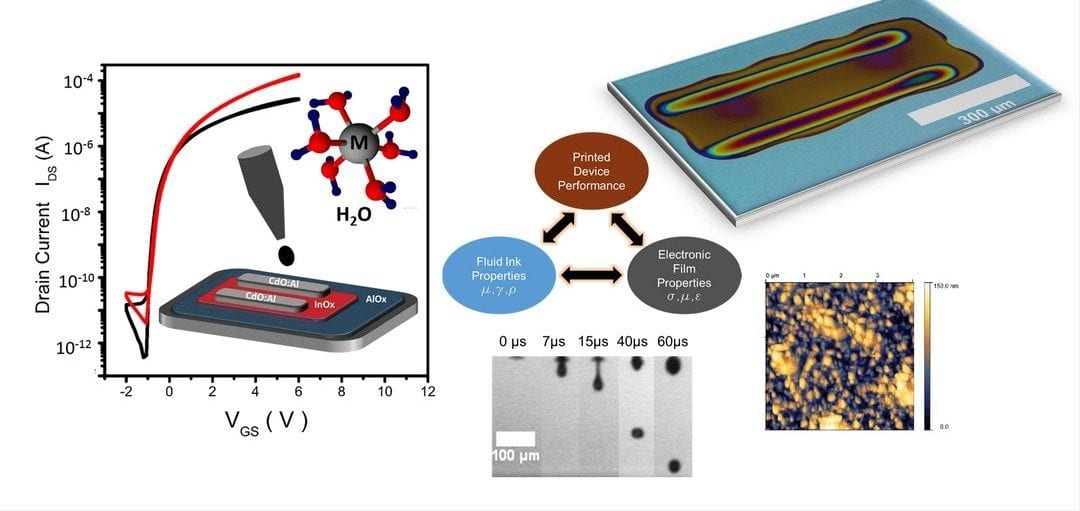
Researchers have demonstrated all-aqueous-printed transparent electrodes and semiconducting layers for high performance, low-cost transistors for flexible electronics applications.
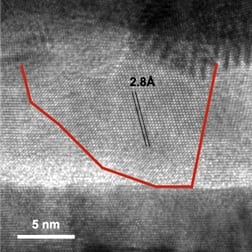
A Ni2O3 phase as a highly possible filament structure, where the Ni2O3 phase was directly observed by high-resolution TEM in the unipolar NiO thin films by comparing low resistance state and high resistance state samples.
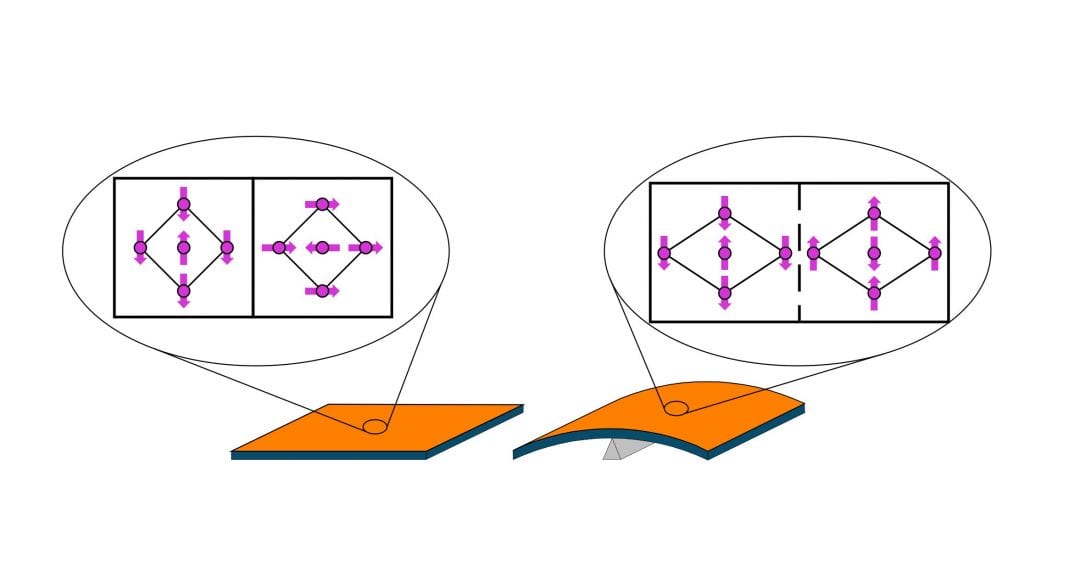
A new approach was presented to employ external mechanical strain for changing the domain distribution in Mn2Au.

The month’s top articles from the field of nanooptics, optoelectronics, metamaterials, optical devices, detectors & sensors, micro/nano resonators and more.
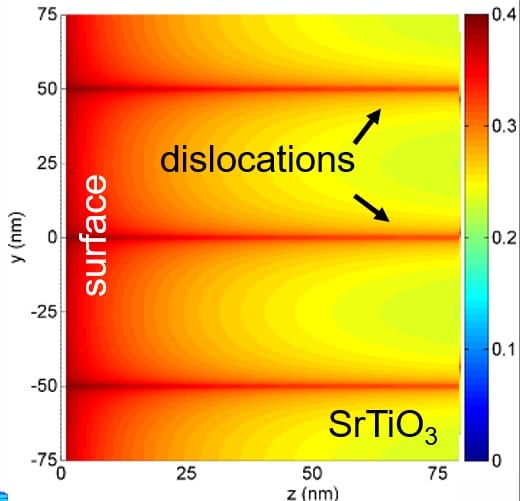
Plastic strain engineering to analyze the effect of dislocation space charges on electrical and oxygen diffusion properties in SrTiO3 as a model oxide.

Researchers have used hydroprinting – a new and versatile technique – to prepare conductive features on 3D objects.
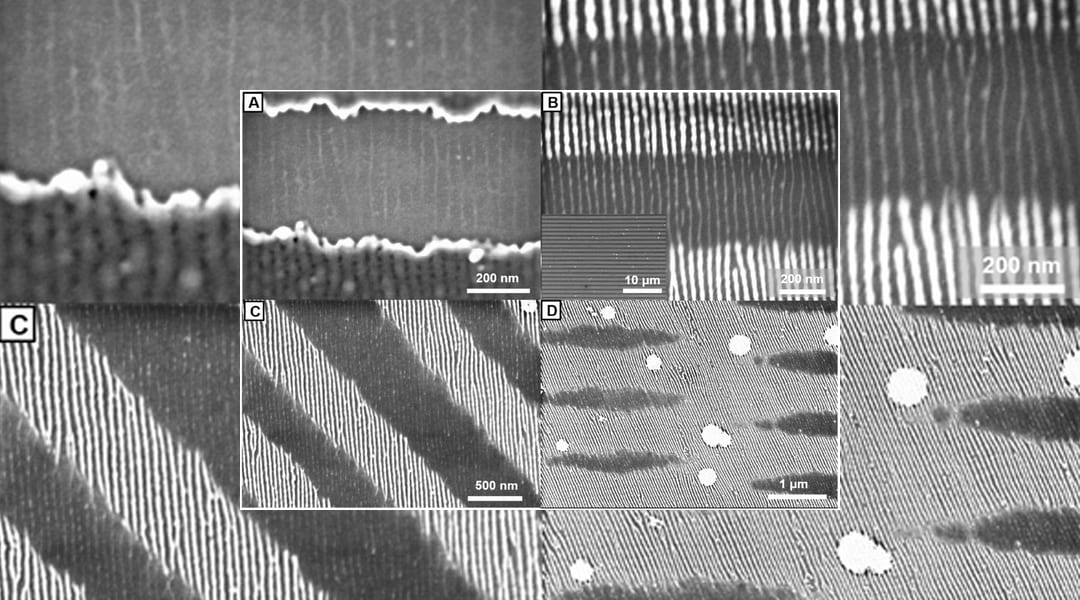
This old dog has a new trick: an adapted lithography technique allows precise variation of the composition of 1D materials during fabrication.
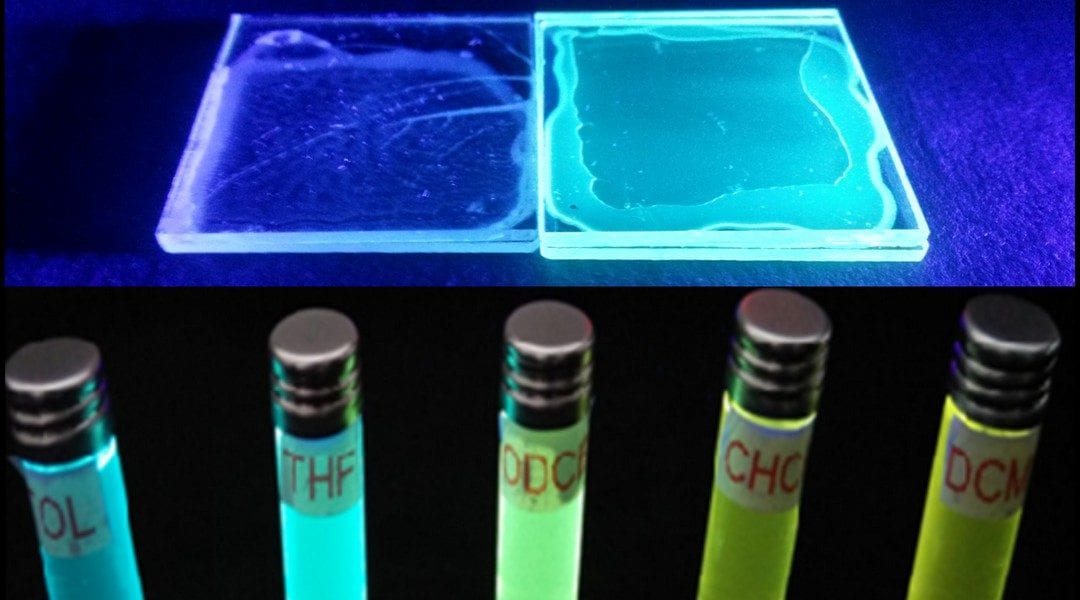
Thermally activated delayed fluorescence (TADF)-type compounds have potential to become high-efficiency-solid-state lighting technologies in the future.